Evliya Çelebi – The Great Ottoman Traveller
Evliya Çelebi, born Derviș Mehmed Zilli in Istanbul – then Constantinople – in 1611, is known as one of the first travel writers and chroniclers of his age. Taking up official duties with the Ottoman Court of Murad IV, he travelled the Ottoman Empire in the 17th century and described it vividly in his great work: ‘Seyahatname’ (Book of travel).
His first travels were in and around Istanbul. Later, he set out from Istanbul to go to Bursa on 27th April 1640, without his father’s knowledge. After his 35 day long trip, seeing his son's love of travel, his father gave his blessing for him to travel from then on.
His masterpiece ‘Seyahatname’ is a 10-volume travel book and memoir detailing 17th century Ottoman life and Turkish culture in the places under Ottoman rule, travelling from Cairo to Vienna, from Crimea to Baghdad and from Lebanon to Russia, sometimes as an official of the government on duty and on military campaigns and sometimes on his own.
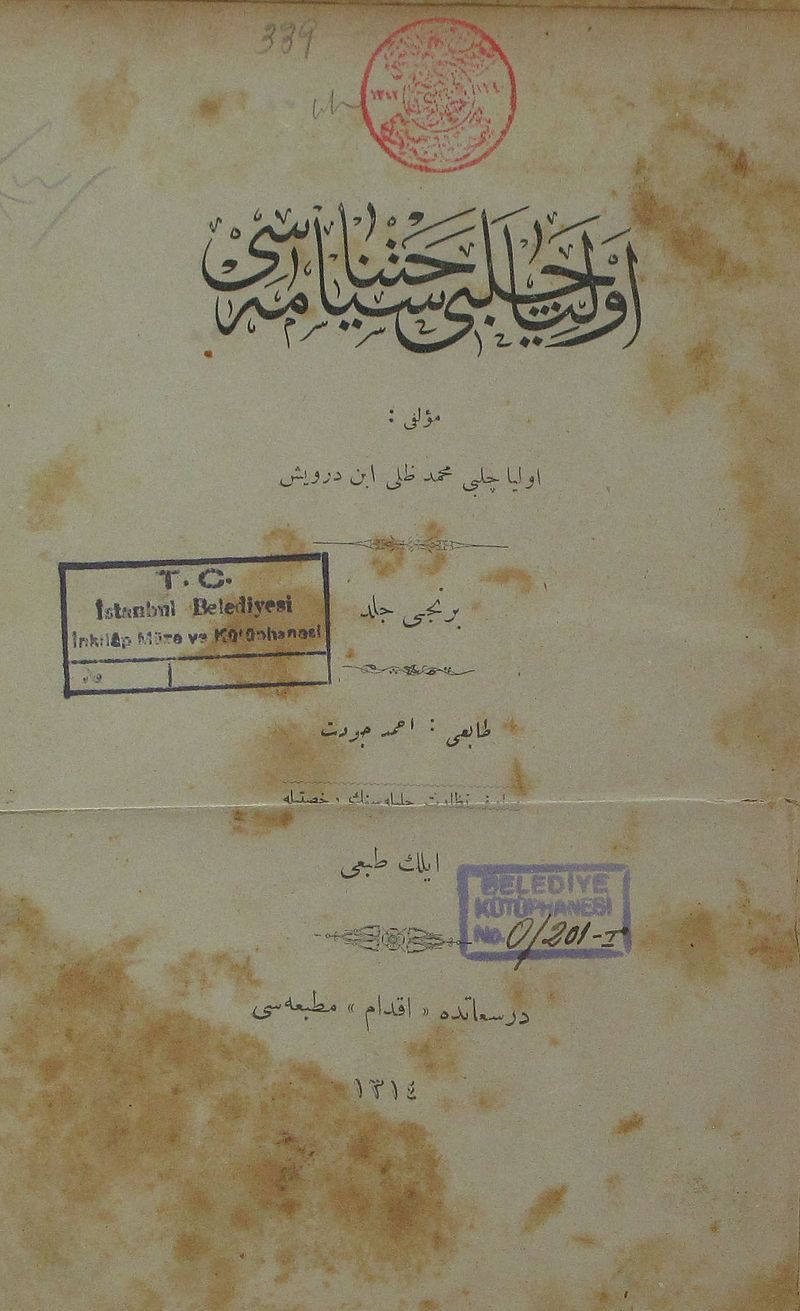
In his 42 years of travelling he visited many places describing in detail the history of the place, places of interest including fortifications, mosques and Turkish baths, as well as bringing to life the traditions of the local inhabitants, their clothes and ways of speaking. He also described popular local excursion spots – much in the way that modern-day travel writers do today.
Many of the impressive places he visited – mosques, monuments, palaces, castles, covered markets and hammams – have stood the test of time and can still be visited today. His great Book of Travels contains important information on geography, history, ethnography, folklore, buildings, roads, culture and language. He also describes many villages, towns, mosques and tombs that existed during his time, but no longer exist today.
Çelebi also had a vivid imagination, often mixing fact and fiction and describing places, which it is unlikely he actually visited.
In the 10 volumes of his Seyahatname, he describes the following journeys:
- Constantinople and surrounding areas (1630)
- Anatolia, the Caucasus, Crete and Azerbaijan (1640)
- Syria, Palestine, Armenia and Rumelia (1648)
- Eastern Anatolia, Iraq, and Iran (1655)
- Russia and the Balkans (1656)
- Military Campaigns in Hungary during the fourth Austro-Turkish War (1663/64)
- Austria, the Crimea, and the Caucasus for the second time (1664)
- Greece and then the Crimea and Rumelia for the second time (1667–1670)
- Hajj to Mecca (1671)
- Egypt and the Sudan (1672)
Istanbul (Constantinople)
Çelebi was the son of the chief court jeweller. He was educated at the Şeyhülislam Hamit Efendi Medresesi, an Islamic school, and later at the renowned Enderûn Mektebi in the Topkapi Palace, which produced future senior leaders for the Ottoman government and military. He was renowned as an excellent speaker and reciter of the Quran. He was a khafiz of the Quran, skilled at Arabic, calligraphy and music, and known for his skill in calling the Adhan. After completing his education at the age of 25, Sultan Murad IV heard Çelebi reciting the Quran during a during a mukabele (Quran recitation ceremony) during Ramadan in the Hagia Sophia Holy Grand Mosque (Ayasofya-i Kebîr Câmi-i Şerîfi) and offered him a role in his court at Topkapi Palace.
Evliya Çelebi had a great desire to travel. He wanted to see new places and to meet new people. He was inspired by a calling to travel, and served the court of Sultan Murad IV, taking on whatever jobs and missions would best allow him to travel.
He describes his home town as:
“That great capital Constantinople which may God guard from all celestial and earthly mischief, and let her be inhabited until the end of the world.”
Çelebi certainly would have felt at home at Topkapi Palace, the residence of the Ottoman rulers built in 15th century. Today’s visitors can marvel at its riches, imagine life in the harem and visit the Chamber of the Holy Relics, where the Quran is recited continuously.
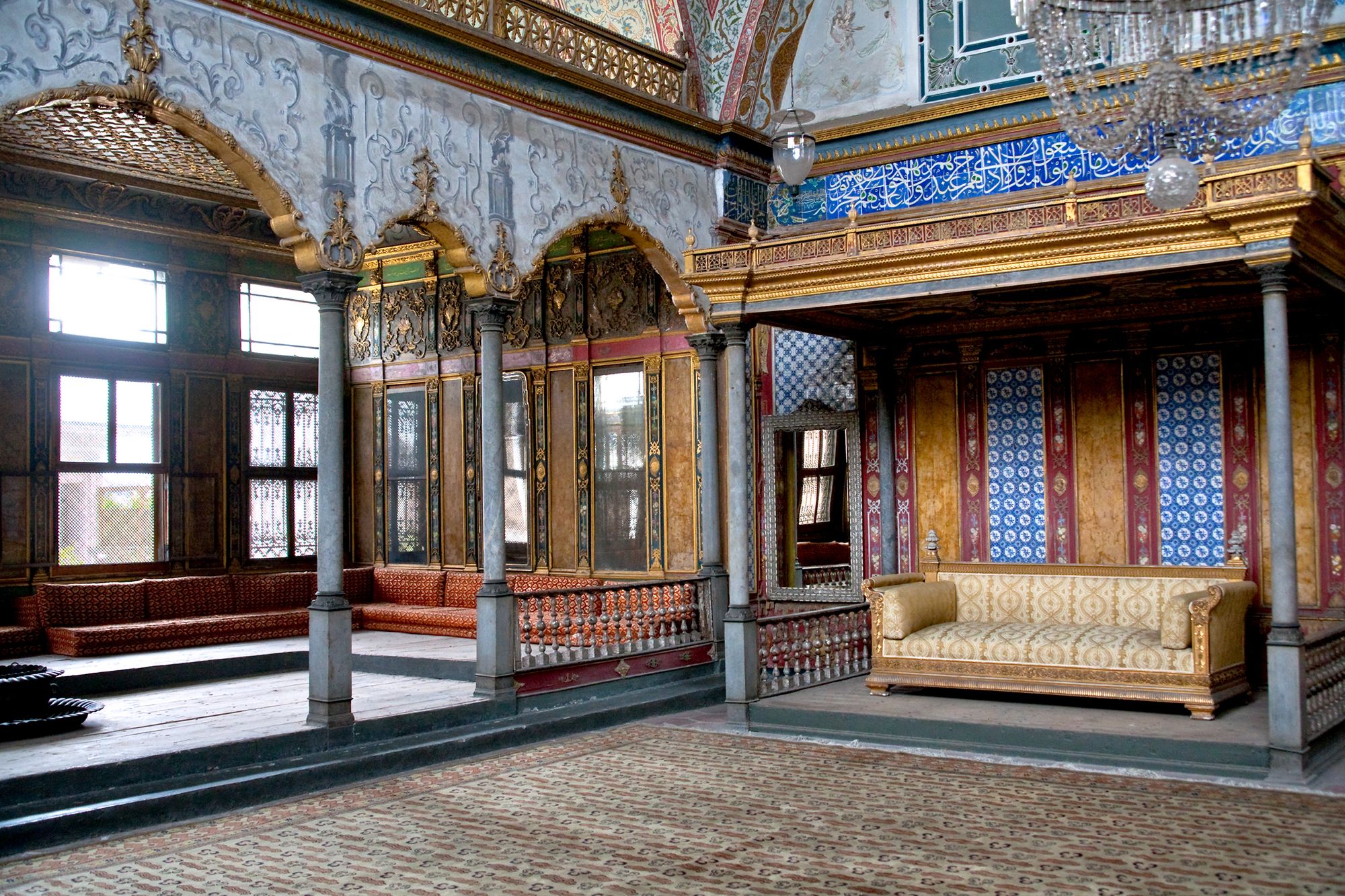
Çelebi also describes a visit to Eyüp Mosque, which is the holiest Islamic site in Istanbul. It is the place where Eyüp or Abu Ayyub al-Ansari, companion and standard-bearer of the Prophet Muhammad (SAW) is buried.

Çelebi excels as a writer when describing the traditions of the Ottoman Empire and in almost every place he visits, he mentions the public bath houses. To relive the tradition of the Ottoman Hammam or Turkish Bath, visit the fully restored 16th century Hürrem Sultan Baths, with separate women’s and men’s sections.
Bursa (Brussa)
Çelebi’s first ever voyage, on leaving Istanbul, was to Bursa, then called Brussa, the first capital of the Ottoman Empire. He describes the Ramadan traditions and vividly depicts the vantage point for discovering the new moon from a promontory high above the city as being ‘like an elephant’s proboscis and hangs over so deep a precipice that nobody dares look down”. He writes:
“This place is called Bakajak, or look-out, because from hence on the nights previous to Ramadan they watch for the new moon, and, as soon as they see it, light a fire to give notice to the town, where the guns are fired to announce the commencement of the fast.”
Bursa is still a popular destination with halal-conscious travellers today, for its Ottoman heritage, thermal springs and traditional Turkish Baths and spas, and for its ski resort, Uludag, itself high on a mountain overlooking the city.
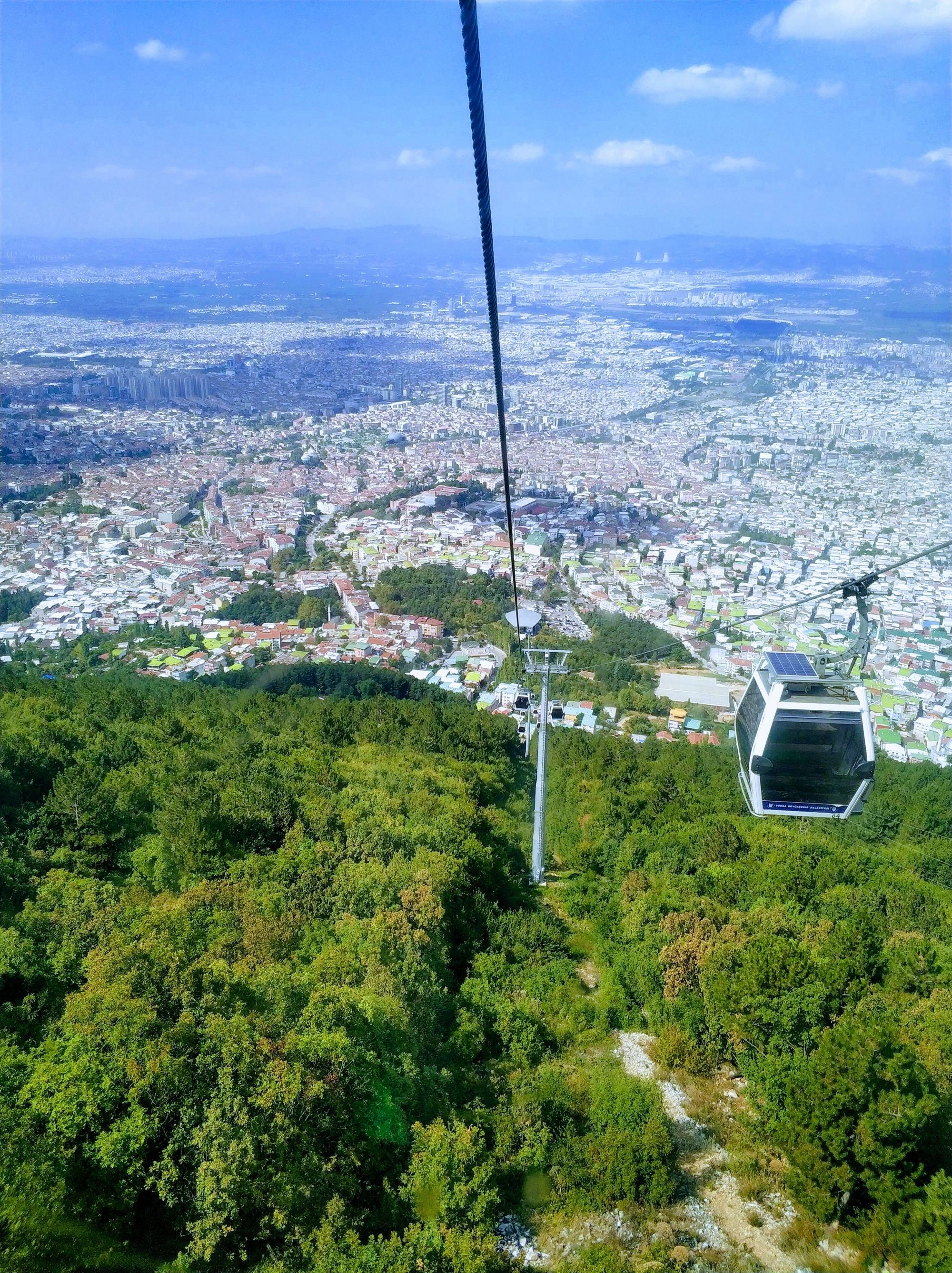
Çelebi describes how ice is cut from the mountains above Bursa:
“Transparent as crystal and brilliant as diamonds, is used in summer to cool their sherbet by the inhabitants of Constantinople and Brússa.”
Stay in a spa or wellness halal hotel in Bursa or in a halal-friendly ski hotel in Uludag and visit the Ottoman monuments which would have been so familiar to Çelebi. Wander around the Koza Han, the impressive covered silk bazaar, and pray in the Ulu Camii (Great Mosque), one of the most significant mosques in the Islamic World. Visit the Green Mosque, commissioned by Sultan Mehmet I in 1412, with its impressive interior tiles. Some six Ottoman sultans, have their tombs in Bursa: Osman Gazi, Orhan Gazi, Yildirim Bayezid, Çelebi Mehmet, Murat I and Murat II.
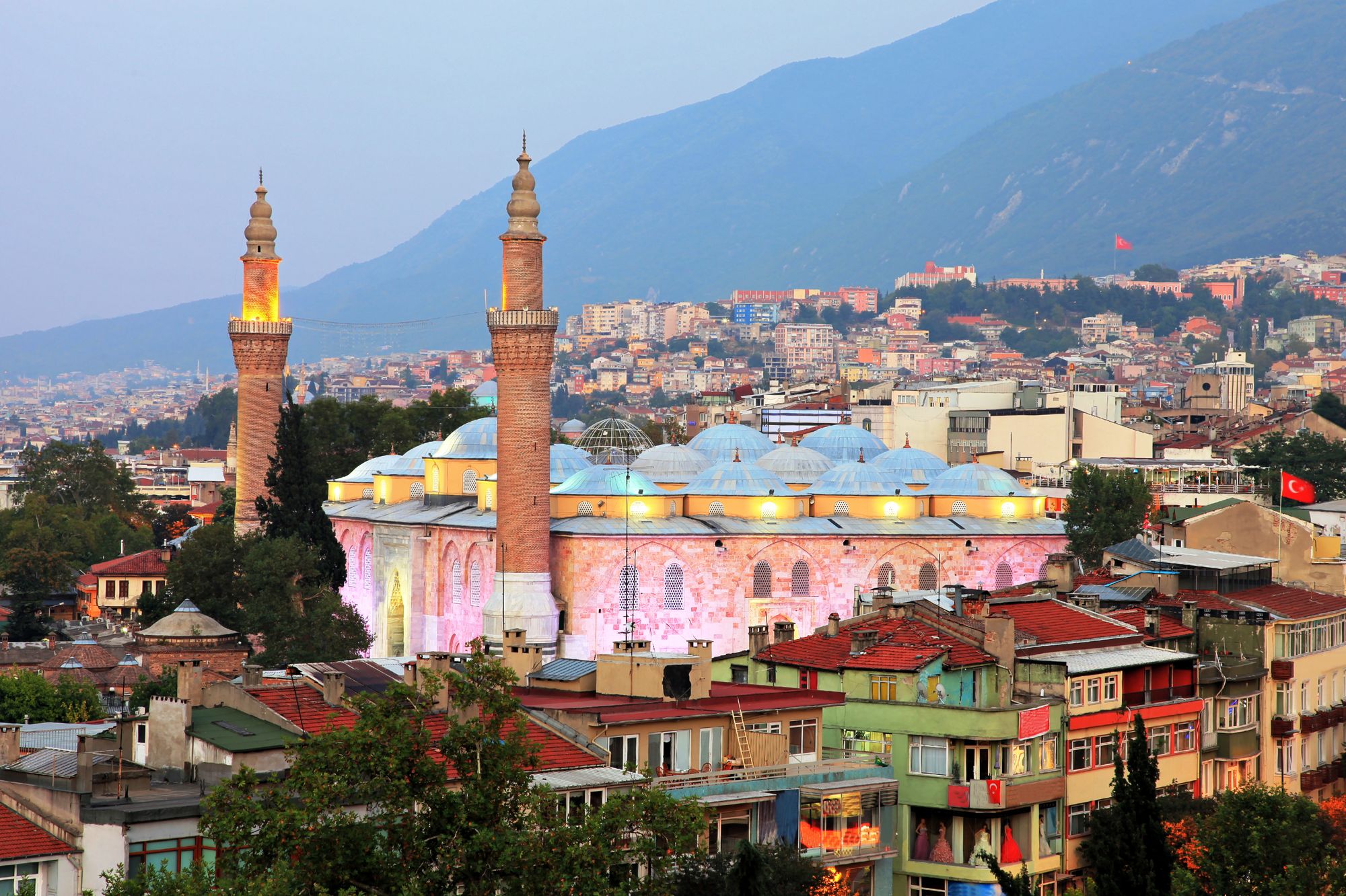
Çelebi travelled throughout the Ottoman Empire and its close neighbours, writing about the places which he visited and the local people he encountered on his travels. He travelled from Belgrade and Vienna to Baghdad, from Cairo to Azerbaijan.
Other destinations which Çelebi’s 'Seyahatname' may inspire you to visit
Bosnia and Herzegovina – Mostar and Sarajevo
Çelebi wrote extensively about his trip to what is now Bosnia and Herzegovina, then part of the Ottoman Empire. He wrote of Mostar’s famous bridge, which was rebuilt after being destroyed in 1993 during the Bosnian War and is now a UNESCO world heritage site.
"It is like a rainbow arch soaring up to the skies, extending from one cliff to the other. ...I, a poor and miserable slave of Allah, have passed through 16 countries, but I have never seen such a high bridge. It is thrown from rock to rock as high as the sky."

Halal-conscious travellers today can choose a halal-friendly hotel in Sarajevo or in Mostar in order to enjoy visiting the sights described by Çelebi. The old town of Sarajevo, Bascarsija, still looks very much as it would have done in Çelebi’s time.
Azerbaijan - Baku
Choose a halal-friendly property in Baku to see the historic sights, which were witnessed by Çelebi, including the old city, Maiden Tower (Qiz Qalasi) and 15th century Shirvanshah’s Palace.
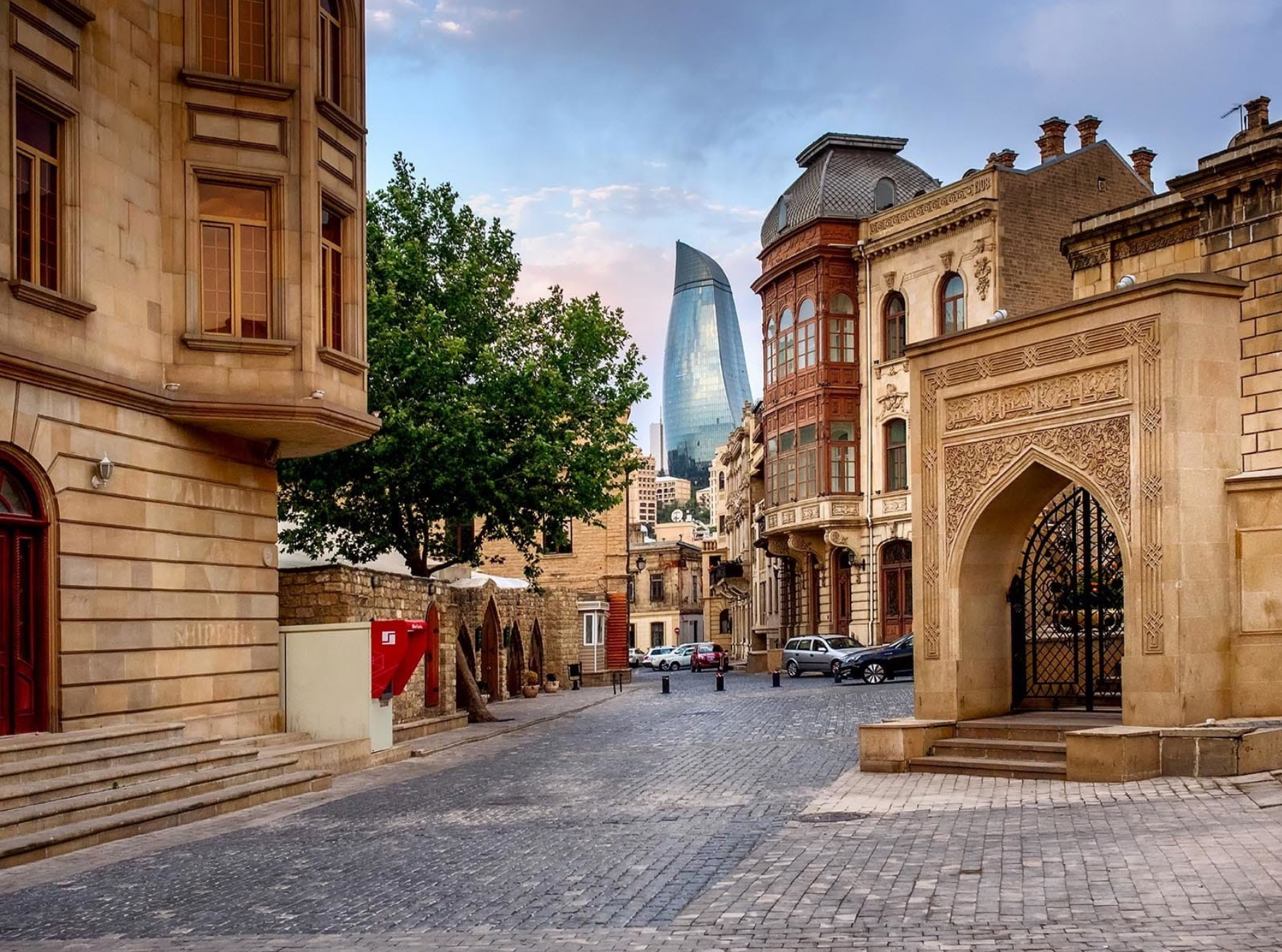
Greece - Athens
Çelebi was extremely impressed by the Parthenon in Athens, which he described as: "a work less of human hands than of Heaven itself, should remain standing for all time." He would, no doubt, be pleased to see that it remains no less impressive today. Choose a hotel in Athens with halal-friendly features to visit it for yourself.
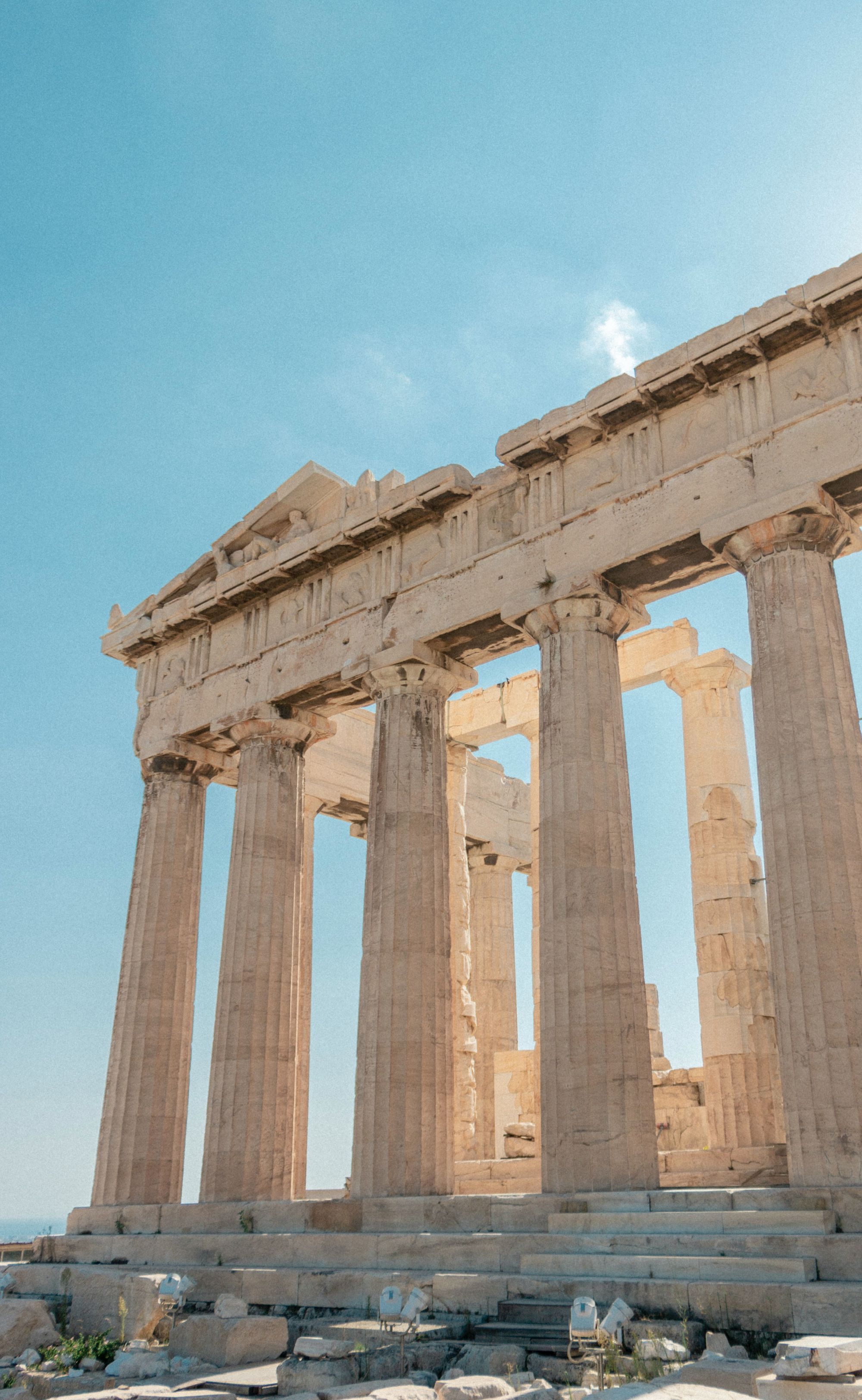
Towards the end of his active period of more than forty years of travelling Evliya Çelebi had seen nearly all administrative districts (kaza) of the Ottoman Empire. Guided by his maxim “travel, trade, and pilgrimage” (seyahat, ticaret and ziyaret), he also made pilgrimages to shrines. In Anatolia alone he visited more than 200 holy places. He finally performed the hajj in Makkah in 1672. Although his exact date of death is uncertain, his records regarding the unsuccessful 2nd siege of Vienna in 1683 are evidence that he passed away after this event. It is believed that he died on the way back from Egypt.
Wherever you choose to visit, you are sure to find a halal-friendly hotel, villa or apartment on halalbooking.com which will allow you to create your own travel memories - you may even decide to write about them for yourself.
